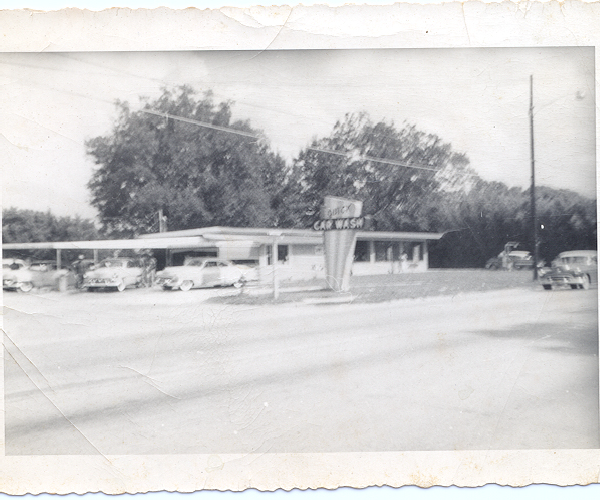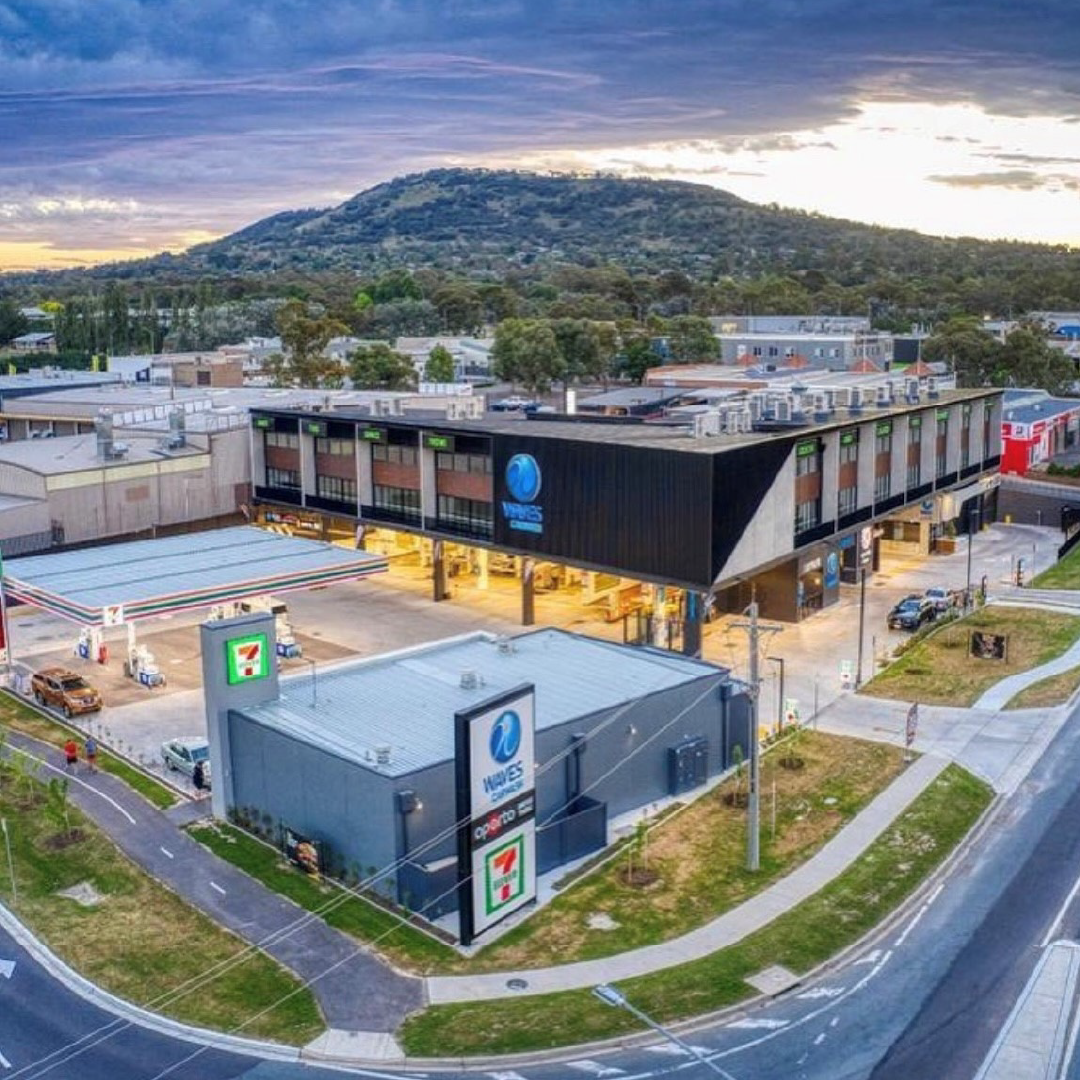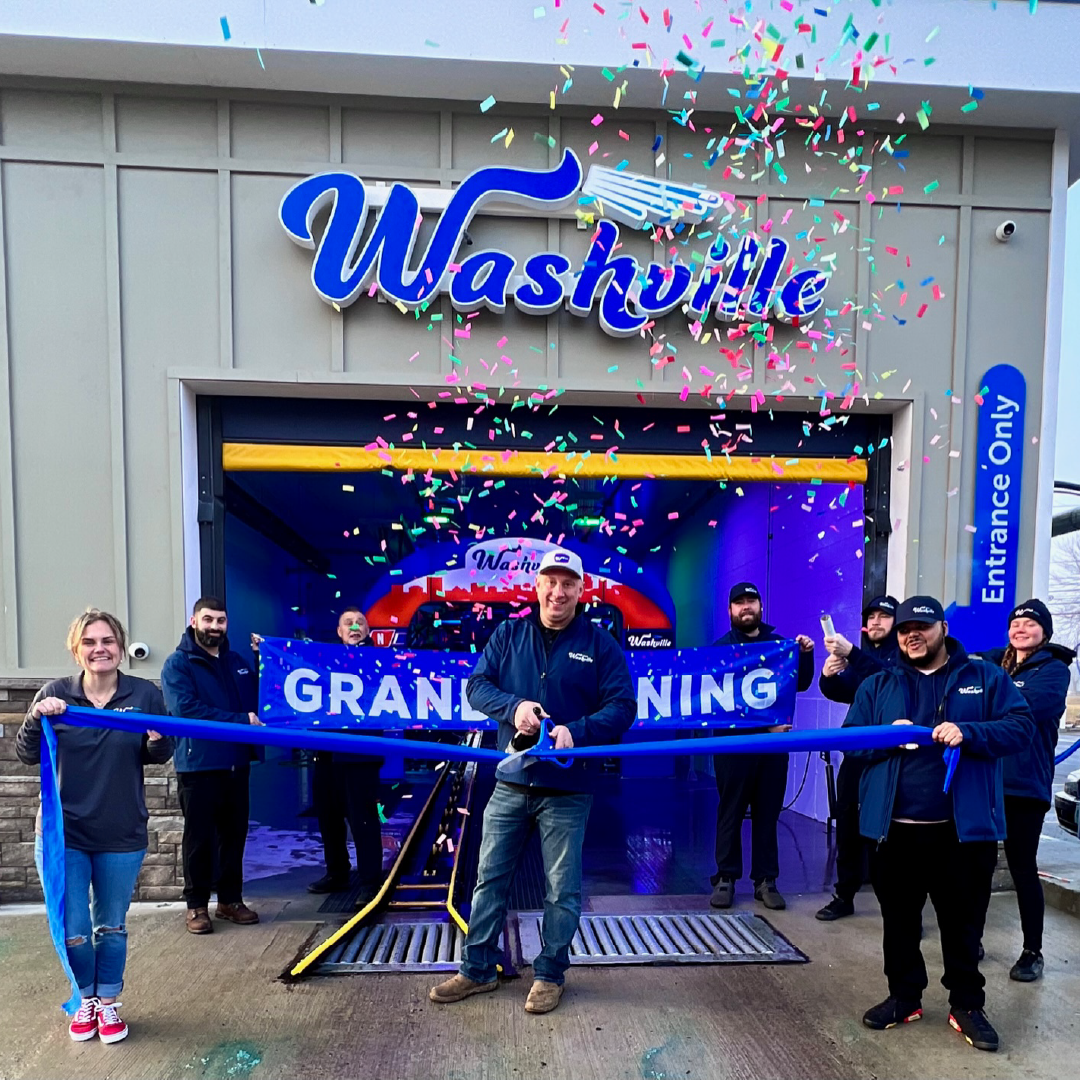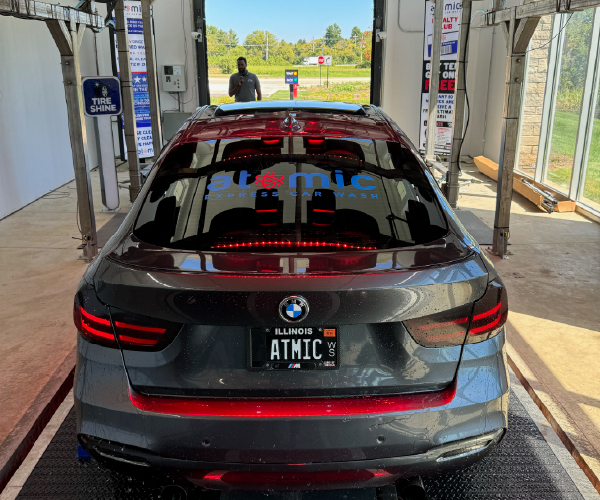
Technology Has Come a Long Way Since the Era of Hooks and Pull-Chains
June 24, 2024
5 minute Read
Back in 1951, when Lloyd Alford opened his first Benny’s Car Wash location, it was easy for a kid to make himself useful inside the tunnel. A young Ben Alford would carry hooks and pull chains from the end of the tunnel back to the entrance so workers could prepare the next car to be pulled through the tunnel. The hook went right under the big steel front bumper.
By Nick Fortuna
Over the past 53 years, technology in the car wash industry has come a long away, and so has Baton Rouge, La.-based Benny’s Car Wash, which now has nine locations. The third-generation business is run by Justin Alford, an ICA past president who remembers the days when workers would dip their washing mitts into sudsy buckets and wash cars by hand.
Workers stationed in pits would clean the wheels, and after cars exited the tunnel, they were towel-dried by hand. Try that in today’s labor market, where wages are rising, turnover is high and many jobseekers don’t even show up for interviews.
“Most of it was hand washing, and there was a little bit of equipment,” Justin Alford said. “They had steam guns to clean those big white walls and wheels. It was a lot of labor, and there wasn’t a whole lot of automation.”
In time, the adoption of roller conveyors and belt conveyors marked a significant transition for the industry, but for many years, operating a car wash was far more labor-intensive than it is today.

Benny's Car Wash Entrance | Shreveport, Louisiana
Similarly, Tom Hoffman Sr. remembers a time when the technology to run an unlimited-wash club was still decades away. Membership clubs have become the bread and butter of most successful car washes, but back when Hoffman opened his first location in 1965, just about every aspect of operations was performed manually, making the very idea of wash clubs a total washout.
Without modern computers, software, license-plate-reading technology, RFID tags or automatic payment solutions, administering a membership club would have been a time-consuming headache for any car wash operator.
Albany, N.Y.-based Hoffman Car Wash now has 30 locations, but back in the day, it was a mom-and-pop operation getting by on elbow grease. Without a database of email addresses, Hoffman said he relied on “guerrilla marketing,” placing coupons on the windshields of every car in the parking lots of nearby shopping centers.
Operators also would mail coupons to homes throughout entire neighborhoods, a costly strategy that lacked the targeted focus of modern marketing campaigns. One thing operators had going for them, however, was that an ad in a local newspaper was still an effective way to reach the mass market. The days when every business had to have a website were still decades away.
“My then-wife did the books, and we had counters on the equipment, so you knew how many cars came in, and you’d count the coupons by hand,” said Hoffman, an ICA past president and member of the ICA Car Wash Hall of Fame.
"The biggest changes are the unlimited wash clubs, all the computerization and the great equipment that works a lot better now than back when I started."
Tom Hoffman, Sr., Hoffman Car Wash
“We didn’t have a marketing department or an HR department, so it was a lot different from today,” he said. “The biggest changes are the unlimited wash clubs, all the computerization and the great equipment that works a lot better now than back when I started.”
Hoffman said his first car wash tunnel had a 120-foot conveyor featuring much of the same equipment used in modern tunnels, but the quality and reliability of that equipment have improved markedly over the years. The transition from plastic bristles to cloth and then to foam has resulted in fewer cars getting damaged and a superior wash, factors that have helped to fuel the industry’s growth.
“A lot of the equipment really has been perfected, and it’s a lot gentler on the car,” Hoffman said. “We’re cleaning cars better than ever. We have wheel blasters that actually follow the wheel and do a heck of a job cleaning them.”
Keeping track of employees has changed a lot, too, as technology has progressed. Now, each Benny’s Car Wash location is geo-fenced, and workers use their smartphones to punch in and out for their shifts. But when the company first started, employees’ hours were tracked on a notepad. Eventually, old-school time clocks and time cards were introduced, but supervisors still had to calculate each worker’s weekly hours and wages manually.
In time, upgraded time clocks made payroll less time-consuming by tallying up workers’ hours, and in the early 1980s, DRB introduced a point-of-sale system embedded with a time clock.
“That was a really nice change for operators because you could calculate real-time labor costs per car and cars per man hour,” Alford said. With data readily available, operators could set benchmarks, address bottlenecks and reduce labor costs by adjusting their staffing according to customer demand.
“It let you manage on the fly more,” Alford said.

Original Benny's Car Wash | 1951
Everything is different now about the way customers pay. With no unlimited-wash clubs, there weren’t recurring payments, and anyway, customers didn’t have credit cards. Alford said his grandfather used a cigar box to collect cash and make change, and some customers paid by check.
In the 1970s, Benny’s installed a POS system that was originally designed for restaurants. Workers inputted orders into a system at the tunnel entrance and handed tickets to customers, who then went inside the lobby to pay. The customer experience was far less convenient than today’s automated pay stations.
“There really wasn’t a POS system designed for car washes at the time,” Alford said. “The one we were using was helpful, but it was a little slow and cumbersome.”
Clunky was a word associated with the first personal computers in the 1980s as well, Alford said. But as their importance to everyday business functions increased, so too did their reliability.
“My dad says that in the ‘50s, ‘60s and ‘70s, we spent more time working on the physical car wash equipment, but in the ‘80s and ‘90s, we spent a lot of time working on technology like computers and sensors,” he said. “Computer systems have gotten more reliable, and we’re not dealing with these physical hard drives like we used to. Everything’s IP-based or cloud-based.”
What will car wash operators think of today’s technology in 50 years? It’s hard to say, but in any event, don’t expect to see a bunch of workers in the tunnel wearing wash mitts.
One Thing that Hasn’t Changed
Tom Hoffman Sr. said one thing that hasn’t changed is the value he gets from connecting with fellow operators through the ICA.
“The thing that helped our business more than anything back in those days was I started going to car wash trade shows and attending seminars and learning from the best car washes throughout the country,” he said. “We shared a lot of great ideas.”







